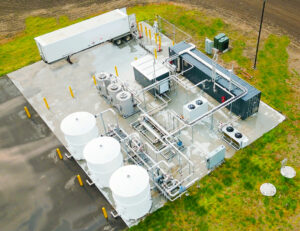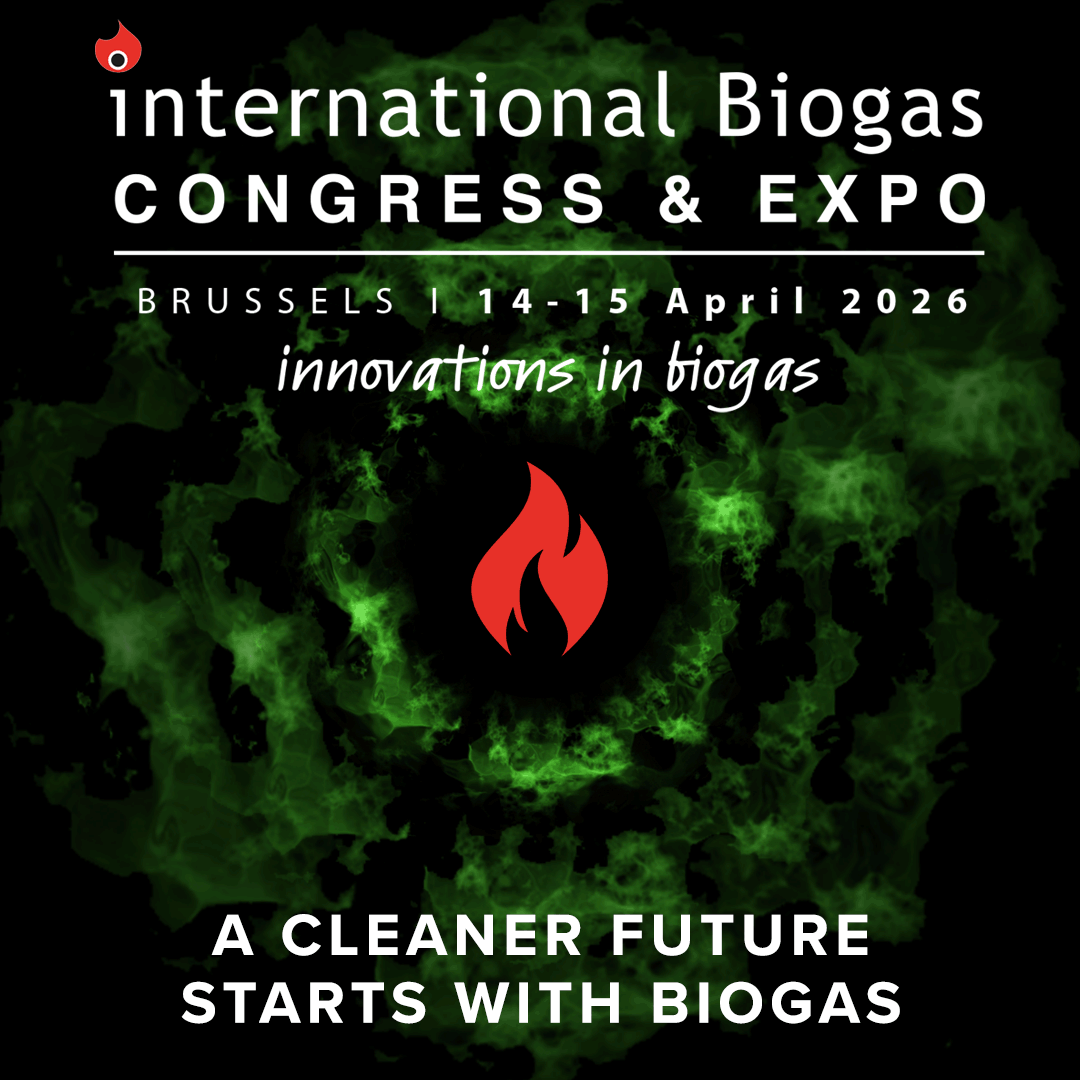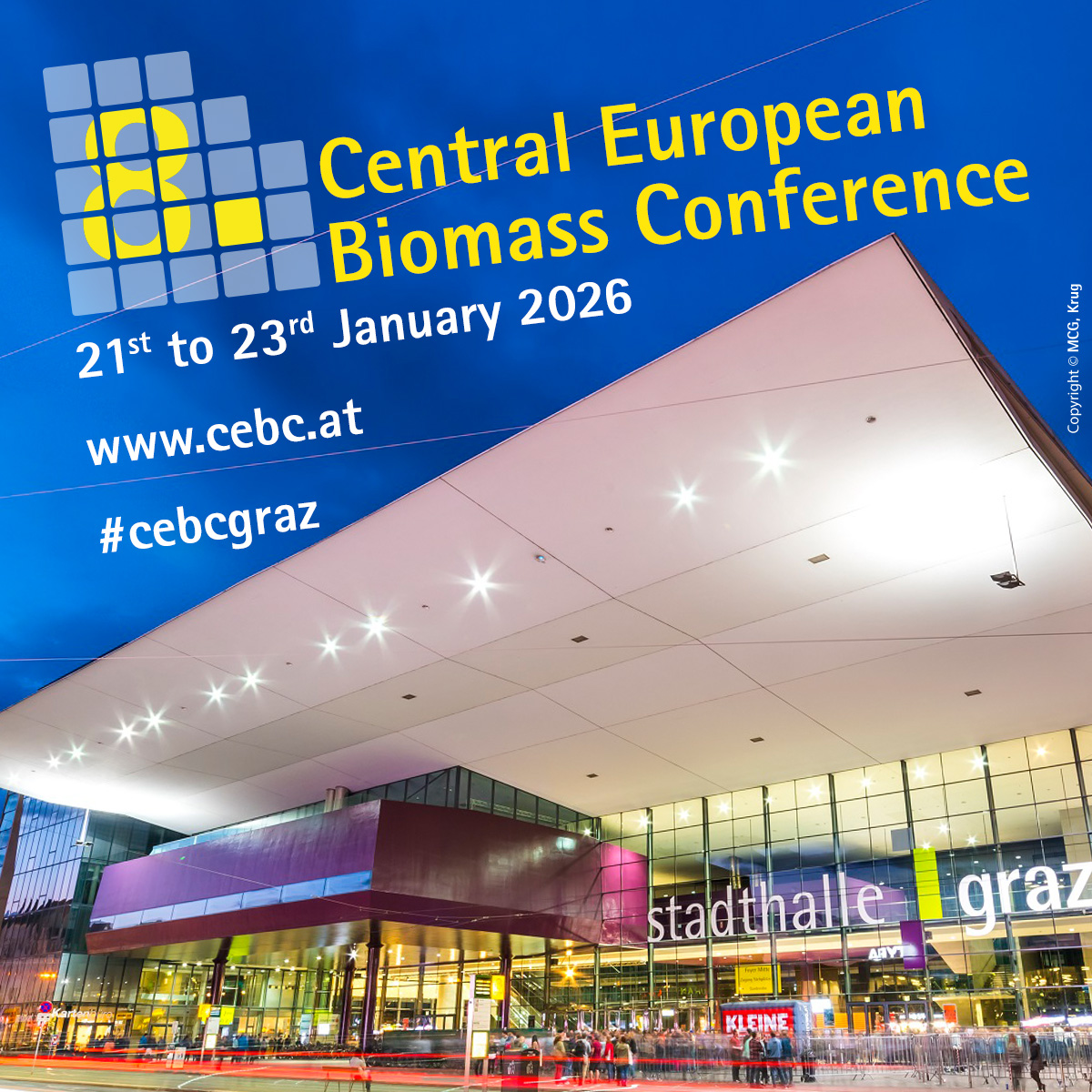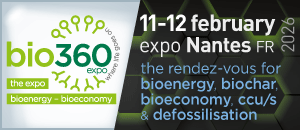Bright Renewables and BerQ RNG partner for four projects

Bright Renewables is a global technology provider for biogas upgrading systems, CO2 liquefaction plants, and Bio LNG & Bio CNG solutions. Its US head office is located in Vancouver, Washington, and it has sold around 35 biogas upgrading units in the country. It is poised to add significantly to that number in the coming years.
“A major reason for establishing the Vancouver office was to support our installed base locally, with locals understanding the local perspective,” said Graham Hartlett, chief sales officer at HoSt Bio-Energy Systems NA. “Our service and maintenance team has grown in both size and stature over the preceding years to meet this challenge on.
The company’s standardised approach has remained a reliable constant in a very dynamic and complex project environment, while also allowing for the expeditious deployment of systems at competitive pricing, said Hartlett.
“Bright is continuously investing in R&D so that we can continue to help our clients beneficiate biogas products, and in so doing, assist the RNG industry in the USA and around the world to decarbonise,” added Hartlett.
“Globally, we have approximately 250 projects installed with our head offices in Enschede, The Netherlands.”
BerQ RNG partnership
Bright Renewables recently announced a series of projects with BerQ RNG to develop four RNG projects across Michigan and New York.
This series of projects encompasses four initiatives across Michigan and New York, where Bright's proprietary deoxygenation system will be integrated with the Bright Renewables three-stage membrane upgrader.
Beyond these projects, Bright will also provide service and maintenance at three existing sites in Michigan and New York.
One of the awarded projects, located in West Michigan, is expected to produce 375 SCFM (600 Nm³/hr) of raw biogas using Bright Renewables’ PurePac Type 02 system with a deoxygenation system.
This project will significantly enhance the delivery of renewable natural gas (RNG) to the utility’s pipeline, marking a crucial milestone in BerQ RNG's sustainable RNG initiatives, said the company.
Another awarded project in Upstate NY, is expected to produce 600 SCFM (960 Nm³/hr) of raw biogas using the PurePac Type 02 system.
These project locations were not selected by Bright Renewables, but were determined by where methane abatement opportunities exist.
“As we know, methane is an extremely harmful gas that is 28-30 times more detrimental to carbon emissions compared to carbon dioxide over a 100-year period,” said Hartlett. “If left to escape into the atmosphere, methane significantly contributes to global warming. These projects will capture methane at each site and, through our technology, process the raw biogas into renewable natural gas, which is then injected into the appropriate natural gas grid.”
The next steps for these RNG projects include completing the engineering phases, procurement, manufacturing, and then transporting the equipment to the site for installation.
“We aim to do as much work as possible within the controlled environment of our fabrication facility, as onsite variables often increase costs and extend the schedule.”
BerQ expects to complete the projects and begin biogas production around June next year. Consequently, the first RNG production and the completion of the BerQ projects are expected around July next year.
Hartlett added there is a great cultural and professional fit between Bright Renewables and BerQ RNG. The organisations share a common goal of reducing carbon emissions and the spirit of doing good while doing business.
“We are continuing to explore a range of options around scope and technology together [for further projects]. That is what good partners do!”
Proprietary technology
When Bioenergy Insight asked about the company’s propretory three-stage membrane upgrader, Hartlett said they utilise Evonik membranes.
“What makes them unique is the extent to which they are standardized and pre-engineered. This adds tremendous value in terms of price and delivery time, but possibly more importantly, plant uptime. Everything is tried, tested, and optimised with the goal of maximising the plant's run time, which is synonymous with revenue generation.”
Its deoxygenation technology is developed by its sister company Hygear ‘is very exciting’ for Bright Renewables.
“The Host Group, of which Bright is a part, recently acquired Hygear, allowing us to leverage intercompany synergies,” explained Hartlett. “The first benefit is incorporating deoxygenation technologies into our biogas upgrading systems, enabling us to meet even the most stringent grid oxygen specifications.
“Clients like BerQ prefer that all these technologies are provided by a single source, simplifying contracting and performance obligations and allowing for easier integration of the two process systems. In our case, the deoxygenation system uses a catalyst to facilitate a reaction that removes oxygen from the biogas.”
Sector development
Bioenergy Insight went on to ask about the acceleration in biogas deployment over recent years. Hartlett said there are several macro-economic factors making project development more challenging these days.
“We are aware of the low Californian LCFS pricing and high interest rates. Additionally, our industry needs clarity on specific provisions within the Inflation Reduction Act, particularly regarding our clients benefiting from Investment Tax Credits. Fortunately, we have developed a strategy to assist clients in their attempts to safe harbor their projects by December 31, 2024.
“However, we are optimistic about the sector's future and are encouraged by the robust voluntary market. Many companies are increasingly committed to sustainability and are and ESG goals, choosing to invest in renewable natural gas (RNG) projects on a volunteer basis, which is very encouraging.
“The RNG Coalition aims to have 1,000 additional facilities online by 2030 and a long-term goal of capturing methane from 43,000 organic waste sites across North America by 2050. These factors suggest a promising future for biogas deployment, even amid economic challenges.”
Hartlett went on to say that, as a company, it contributes to this growth with its in-house R&D efforts. Its 30-plus years of innovations have improved the efficiency and cost-effectiveness of its biogas technologies.
“We continue to advance feedstock processing and biogas upgrading and are extremely excited about new technologies we are bringing to market, such as our deoxygenation systems, liquid CO2 and hydrogen production plants!
“Our optimism in RNG is reflected by our investment in being a legitimate local company too. We have approximately 25 full-time employees based at our Vancouver headquarters, and we are all looking forward to our industry’s next chapter.”
















